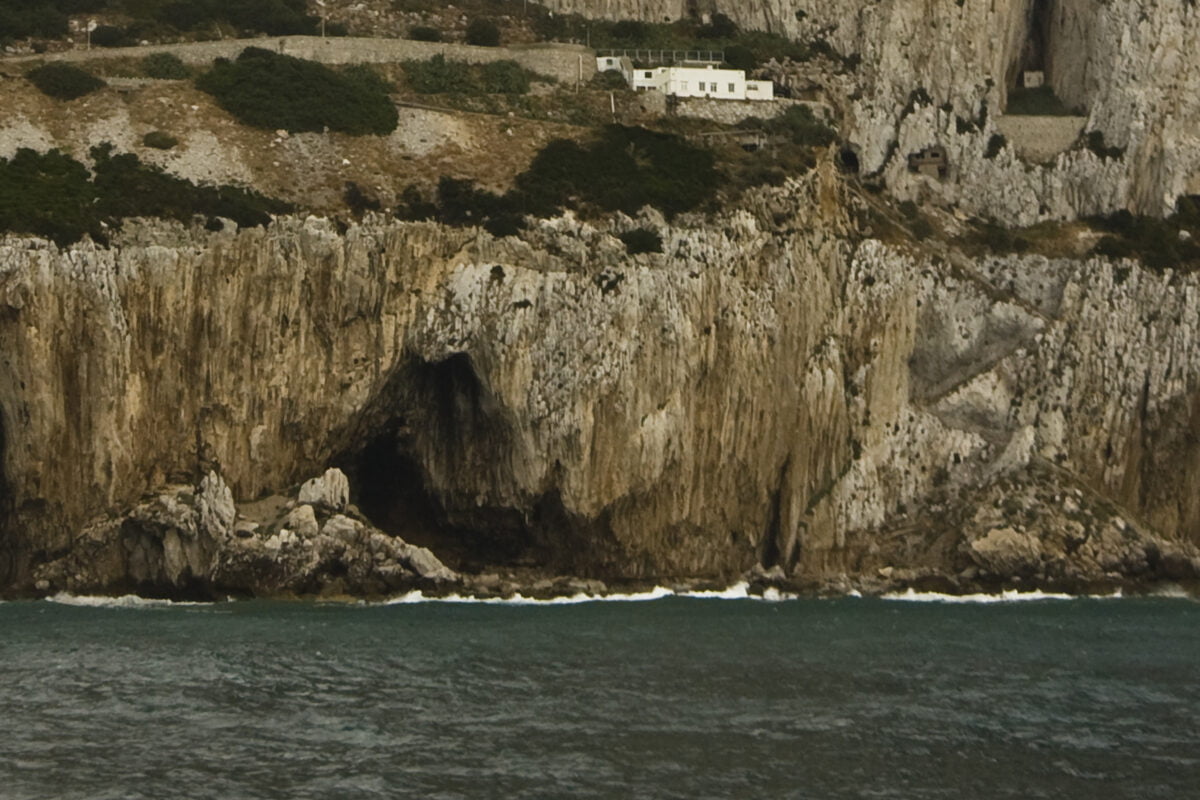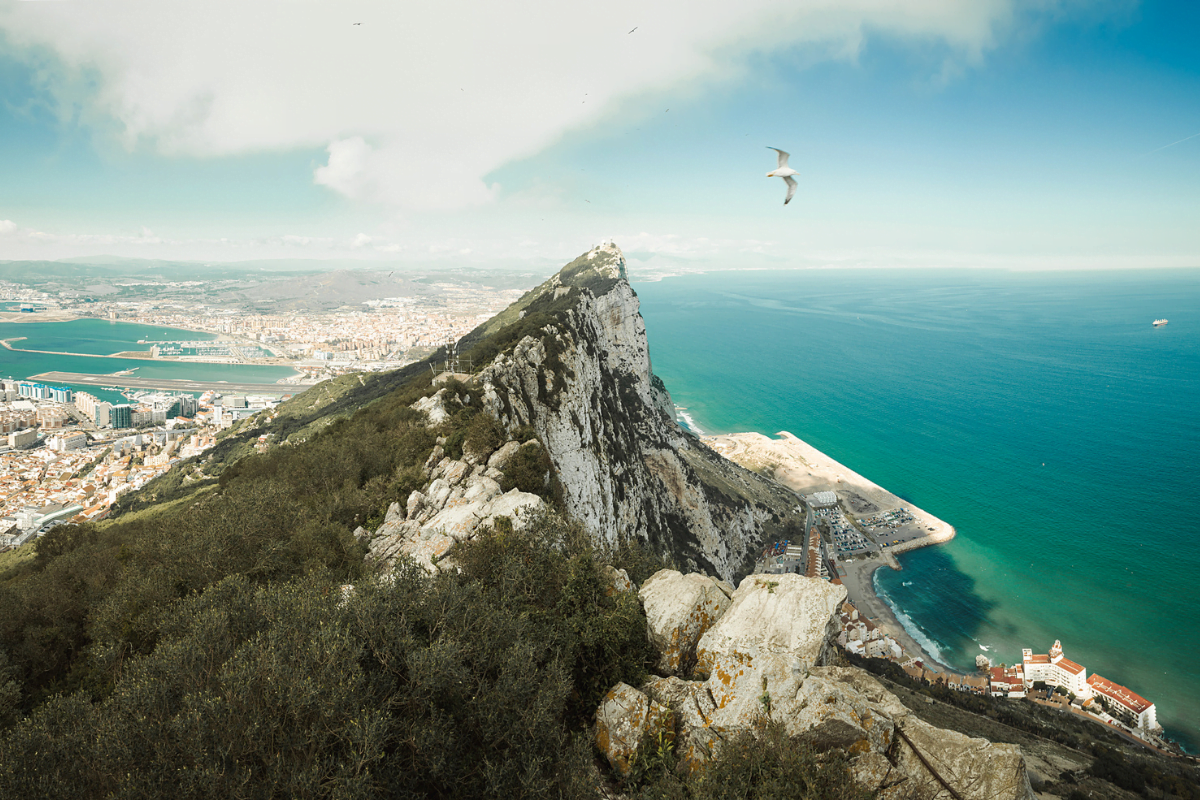One of Gibraltar’s biggest attractions are the caves and huge tunnels, drilled into the Rock of Gibraltar. These include the Gorham Cave complex, St Michael’s Cave and the Great Siege Tunnels. Believe it, they are all very impressive!
Gorham’s cave
The Gorham Cave complex is one of the most interesting sites in Gibraltar, consisting of four different caves. The site has been a UNESCO World Heritage Site since July 2016. Wondering what is so special about the caves that it was decided to protect them? Well, they are permanent evidence of Neanderthal habitation of the Iberian Peninsula! The complex is named after the English officer who discovered it in the early 20th century.

Source: Commons.Wikimedia.org
The researchers, who have been penetrating the caves for more than 40 years, managed to find the remains of tools from 40 000 years ago, whose main building blocks were stone and bone. Paintings were found on one of the walls, which were considered evidence of the Neanderthals’ ability to think abstractly and use symbols. Was this really the case? We will probably never know.
Due to the historical value, access to the caves is limited and strictly controlled, and visitors must be accompanied by a guide – approved by the director of the Gibraltar Museum.

St. Michael’s Cave
When planning a tour of Gibraltar and the caves there, a must-see on the travel map is the Cave of Saint Michael. Unique in the Iberian Peninsula, but also in Europe, it is a karst cave – housing two smaller caves and a tunnel complex. It is also the most visited of the more than 150 caves inside the Rock of Gibraltar, and is admired by one million tourists a year.

What attracts tourists to this place? The hanging and beautifully lit stalactites. When visiting the caves, we have the impression that we have entered a completely different, almost cinematic world. An additional attraction is the auditorium, created in one of the cave’s chambers. Its natural acoustic qualities make it ideal for special events. Classical music concerts are regularly held there in autumn, and in the past it was even used for the Miss Gibraltar pageant.

For a long time, the Cathedral Cave located there was thought to have no bottom, making St Michael’s Cave the subject of one of Gibraltar’s most famous legends. It was believed to be one end of the underground Tunnel of Ley, more than 24 kilometres long, passing under the Straits of Gibraltar. Legend has it that Berber macaques made their way to the famous Rock this way.
Great Siege Tunnels
The last of Gibraltar’s underground sites are the Great Siege Tunnels, excavated into the Rock of Gibraltar. This is because in the past it served the population and military units living and fighting for Gibraltar. The tunnels were built during the Great Siege of Gibraltar by France and Spain between 1779 and 1783. It was not possible to build a road on the steep Rock of Gibraltar to transport military equipment – used to protect the north-east of the city – so it was decided to dig strategic tunnels.

Interestingly, the construction work was carried out by hand and only occasionally assisted by explosives. In 1783, the tunnel was about 277 metres long and contained several chambers in which cannons were mounted. Over the next few years it was successively extended to reach a length of about 1,200 metres in 1790. The advantages of the underground tunnels were exploited again during the Second World War and the network was extended. Today, they only serve as a tourist attraction, attracting visitors from all over the world. The entire network of tunnels can be accessed, among other things, as part of a visit to the Upper Rock Nature Reserve.

